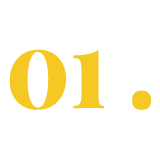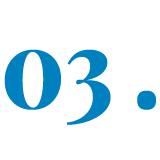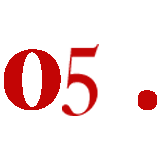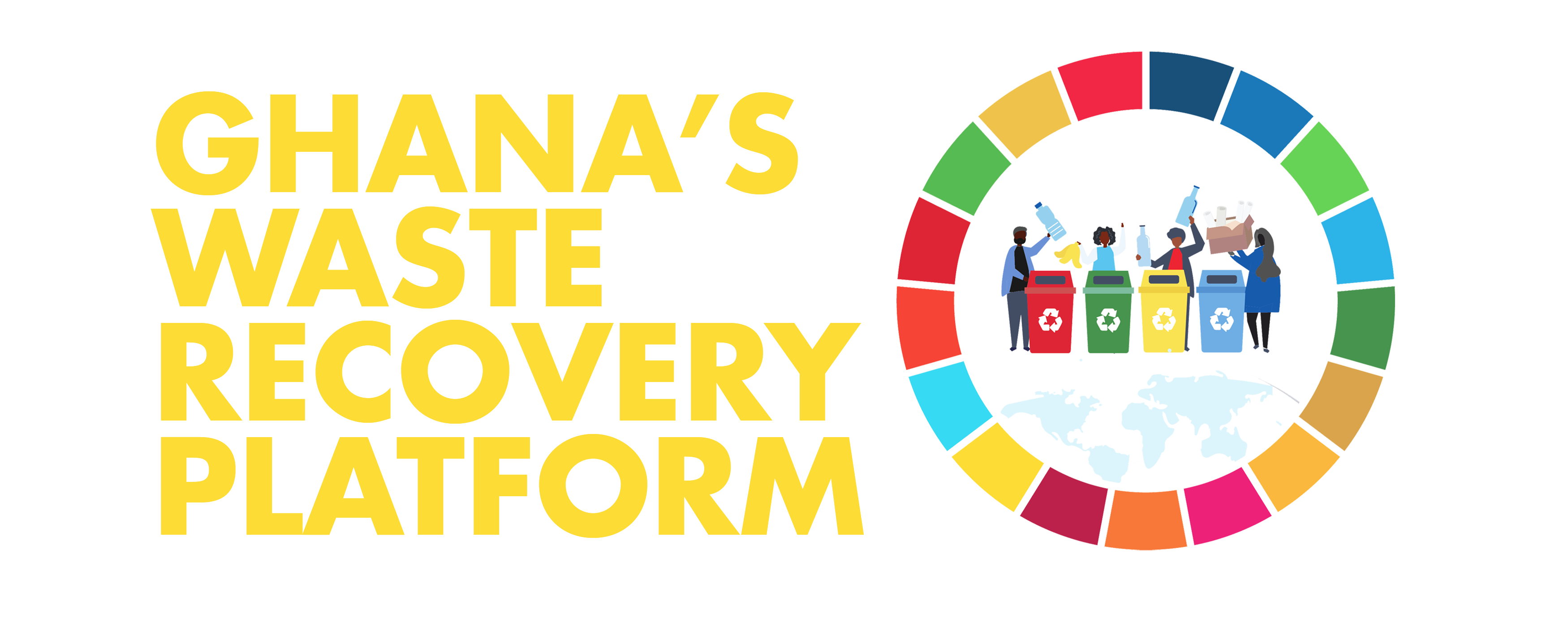A physical convening mechanism that brings together all the stakeholders on a periodic basis to connect, discuss issues of common interest and forge partnerships for effective waste management.
About Us
Our mission is to be a one-stop shop solution platform connecting all actors in the waste management value chain to promote waste recovery in a larger circular economy context. Below are components of the platform;
A digital platform that includes a number of tools (e.g. waste resource map, a compendium of technologies etc.) to provides real-time information/data on waste management and facilitate material exchange.
A promoter of innovation with catalytic support for innovative R&D and businesses that demonstrate, contribute knowledge and raise awareness on opportunities for waste recovery or minimization (e.g. ‘Waste’ Recovery Innovation Challenge).
A communication dimension that creates awareness and builds knowledge for the general behavioural change needed to make waste recovery systems effective
HOW WE PROMOTE THE CIRCULAR ECONOMY

CREATE ONLINE MARKET FOR WASTE
Create an online market for recycled products to help other initiatives be more viable/scale-up.

FACILITATE COLLABORATION
Between research institutions, private sector, government and civil society.

INCREASE INVESTOR CONFIDENCE
Increase confidence in the sector through scientific-based economic decisions.

IMPROVE FORMAL AND INFORMAL SECTOR CONNECTIONS
Through innovative apps that allow the informal sector to formalize and scale-up.

SCALING OF WASTE RECOVERY BUSINESSES
Demonstrate economic potential whilst meeting social and environmental needs.

PROVIDE A SPACE FOR THE CIRCULAR ECONOMY
Provide a space for engaging citizens to Refuse, Reduce, Reuse, and Recycle.
OUR STRUCTURE
GOVERNANCE STRUCTURE
The Governance Structure of the ‘Waste’ Recovery Platform defines the ownership, expected roles and responsibilities of all partners involved. It also defines how resources including both the digital and physical spaces of the Platform will be managed over time. Below is a Graphical Depiction of the Governance Structure and the Relationships of the ‘Waste’ Recovery Platform.

ADVISORY GROUPS
At the inception meeting for the ‘Waste’ Recovery Platform, a co-designing approach was adopted by the stakeholders after which 5 technical working groups were formed to discuss the design, operation and management of the platform, with technical support from UNDP. Below are the 5 working groups and the scope of their work. These groups will continue to undertake an in-depth discussion on specific issues related to the performance and continued relevancy of the Platform. The number and typology of groups can vary based on new developments and emerging opportunities.

THE DATA AND POLICY
They define the parameters and methodology for data collection, responsibilities, and other key data issues related to the development of the platform and its tools. They also lead conversations that require advocacy for policy change, development, strengthening for a stronger circular economy in Ghana.

THE COMMUNICATION AND AWARENESS
They identify target groups and strategies for communicating about the Platform and raising awareness on efficient waste management and opportunities for waste recovery in Ghana.

WEBSITE AND APP
They discuss and define the functionality and operational guidance for the development and
maintenance of the website and mobile app.

THE NATIONAL COMPETITION
They discuss and make recommendations on the process to be followed in selecting the Winners of the Waste Recovery Innovation Challenge.

THE SUSTAINABILITY AND FINANCING
They discuss and define the governance structure for the platform (Operational Board and Advisory Board) and share ideas on how to deal with various sustainability factors (finance, market, eco-factors, M&E).
GHANA WASTE RECOVERY PLATFORM
Our mission is to be a one-stop shop solution platform connecting all actors in the waste management value chain to promote waste recovery in a larger circular economy context.
This has been facilitated by the United Nations Development Programme (UNDP)
CONTACT US
We love to hear from you. If you have any questions, send us a message any time and any day. We are here to help!
To post news and events, kindly send an email to info.gh@undp.org
ADDRESS :
UNDP Hse No. 27 Ring Road East
CITY :
Accra
EMAIL :
info.gh@undp.org
POST :
P. O. Box GP 1423 Accra-Ghana
